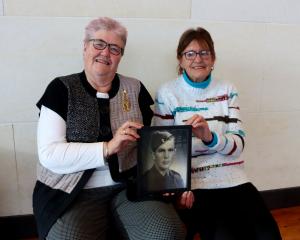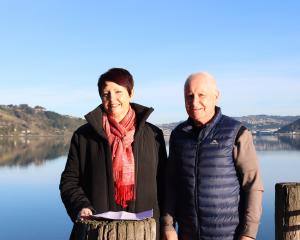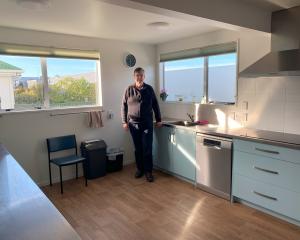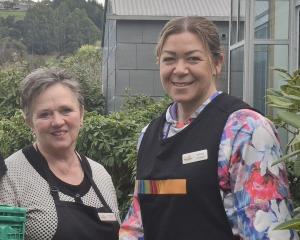

Tucked away in the lowest level of a car parking building near the Octagon, the EOC—often referred to as the "bunker" — is actually a series of connected rooms filled with desks, computers, maps and monitors, serving as a co-ordinating hub for the city and surrounding areas.
Emergency Management Otago emergency management adviser for Dunedin Chris Brooker said the bunker was activated on Thursday, October 3 following the initial red warning and it remained activated through to the Sunday afternoon when it transitioned into recovery work.
About 80 people worked in the bunker during the flood response period, along with external agencies including New Zealand Police, Fire and Emergency New Zealand, New Zealand Red Cross, Hato Hone St John and health services.
"Mostly, we operated 24 hours with people in the bunker overnight on Thursday and Friday, and remotely on Saturday."
Some people worked a 12-hour shift followed by 12 hours off and 12 hours on again, he said.
Using the Co-ordinated Incident Management System (CIMS), the operations room ensured all organisations involved in the emergency response — from first responders to police, fire, welfare and health services — worked seamlessly together.
Functions such as public information management ensured key updates reached the public and media promptly.
Monitors and maps displayed crucial information that people could understand "at a glance".
"We might have a situational map, let’s say displaying the areas in Dunedin that are currently flooded or areas that we are currently evacuating."
The facility was not just about managing emergencies but also about ensuring the community was at the forefront of any response, Mr Brooker said.
"There is no point in us doing anything if it is not community-focused and we are not helping."
The EOC worked closely with community response groups, co-ordinated through the community assessment team.
"We had lots of back-and-forth information and requests for assistance.
"Feedback has been really positive, but there’s always room to improve, so we will review and see what can be done better next time."
This communication was a vital component to building situational awareness.
"Having eyes on the ground, be it community members, volunteers, first responders or contractors, enables us to get on top of emerging risks."
Emergency situations could be highly stressful environments, both for staff and for the community, he said.
As shifts could last for hours during major events, ensuring that responders were well-prepared was a critical part of the training.
Staff were urged to "have everything squared away" at home before coming in to help so they could focus fully on the job.
"If you are worrying about your kids, you are not going to work well," Mr Brooker said.
The facility was prepared for unexpected situations, with manual maps, drinking water, the ability to broadcast on radio if standard communications failed,
a backup generator with diesel storage, and a Starlink satellite for internet connectivity in case of communication disruptions.
The aim was to create a resilient, multi-layered approach to emergency response, one that ensured Dunedin was ready to handle whatever nature threw at it.













